I’m driving to Adelaide for the 2012 Writers’ Week and once I pass Ararat and lose contact with my favourite radio programmes, I grab a CD. The mellow voice of tenor David Hobson and the gossipy trumpets of Handel provide the perfect backdrop to the unrolling umber paddocks of the Wimmera. Something clicks into place between Ararat and Bordertown. It’s a familiar feeling that hooks deep inside me whenever I turn back to the places where I was born and where I grew up. Later in the week when I’m interviewing Miguel Syjuco, best described as a global writer, he tells me that ‘home’ for him is in whichever city he is living in at the time. It doesn’t work for me. There’s an indescribable magnetism about returning to South Australia. I’m going home.
In 1984, at the first ever Writers’ Week, major drawcard Salman Rushdie nominated Adelaide as ‘the perfect setting for a Stephen King novel or horror film.’ ‘Adelaide’ he proclaimed ‘is Amityville or Salem, and things here go bump in the night.’ He was referring to the fact that Adelaide has had more than its share of particularly gruesome and distressing murders.
Stephen Orr has written the non-fiction book ‘The Cruel City’ about this, and asks why is it that Adelaide, a beautiful city of churches and lush gardens, a place renowned for its support of the arts and culture – has become better known as the epicentre of some of Australia’s weirdest and most brutal crimes?
These images are hard to imagine when I take what I call my ‘pilgrimage’ walk through the Botanic Gardens (surely one of the most beautiful in Australia) and along North Terrace, past the wonderful sandstone buildings, the University, the Gallery and Museum, past the gates to Government House and then cross to the Parliament building with its grand columns and the railway station, built with stone from my great grandfather’s quarry on the river Murray. Whether I like it or not I’m bonded by history and family to this beautiful city.
Of course Adelaide has a crime rate no higher than that of any other Australian city and Kerryn Goldsworthy in her recent book ‘Adelaide’ looks at the phenomenon with a different slant. Perhaps, she says, ‘the strangeness of Adelaide crime’ is ‘not unique to the city but rather highlighted and thrown into stark relief by the contrast with its carefully maintained outer image, which is both of beauty and of virtue.’ That ‘carefully maintained outer image’ is on show here at the Adelaide Festival (launched 52 years ago), and at the Writers Week that I have come to attend. We sit calmly under shady plane trees in the Women’s Memorial Gardens and listen to local and international writers talk. This is Adelaide at its most sedate.
Another jewel in the crown for Adelaide is the fact that in 1894 a Bill was passed, the first in any Australian state, to grant women the right to vote and stand for election in the Colony’s Parliament. Goldsworthy wonders whether a slightly higher number of rapes reported in Adelaide may be connected to the fact that this is a city ‘that has always been good to women in matters of education, suffrage and employment, and where women have historically had a higher degree of influence, power and autonomy than those in other Australian states.’
Surely the line between respectability and our own darkest natures is paper thin. To misquote Oscar Wilde aren’t we all in the gutter looking at the stars? Don’t we all have the potential for cruelty and selfishness? Crime writers Megan Abbott from New York and Norwegian Jo Nesbo, both here for Writers’ Week, try to plumb the dark psychology of what makes somebody a killer. Adelaide has always had this split, double personality, cruel yet respectable at the same time. Perhaps this is part of her allure and fascination.
by John Bartlett


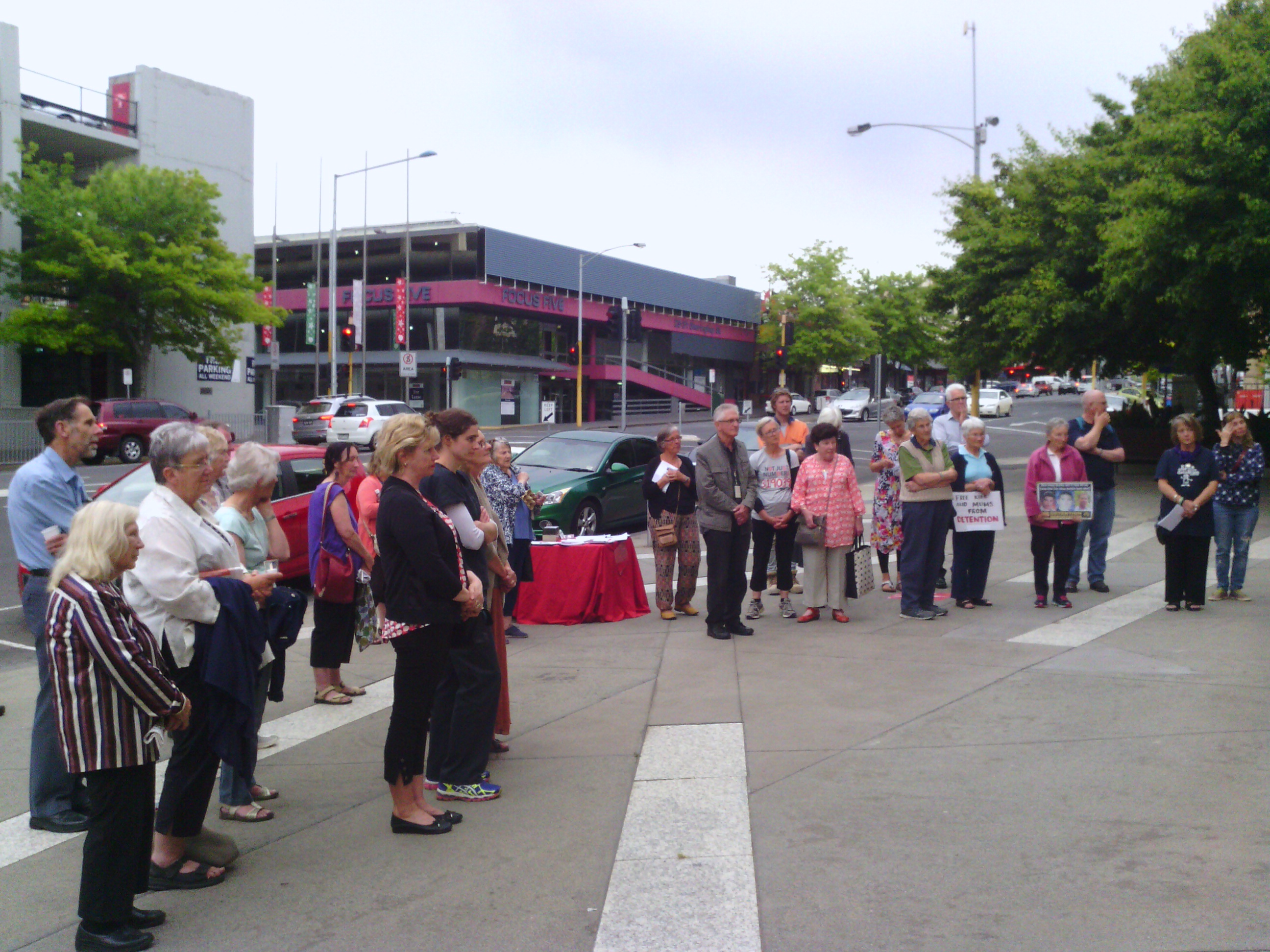
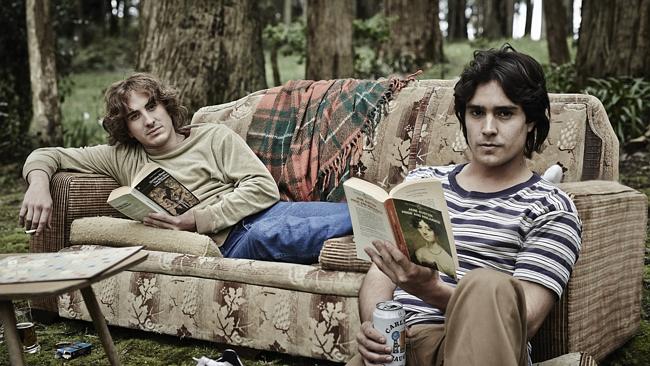
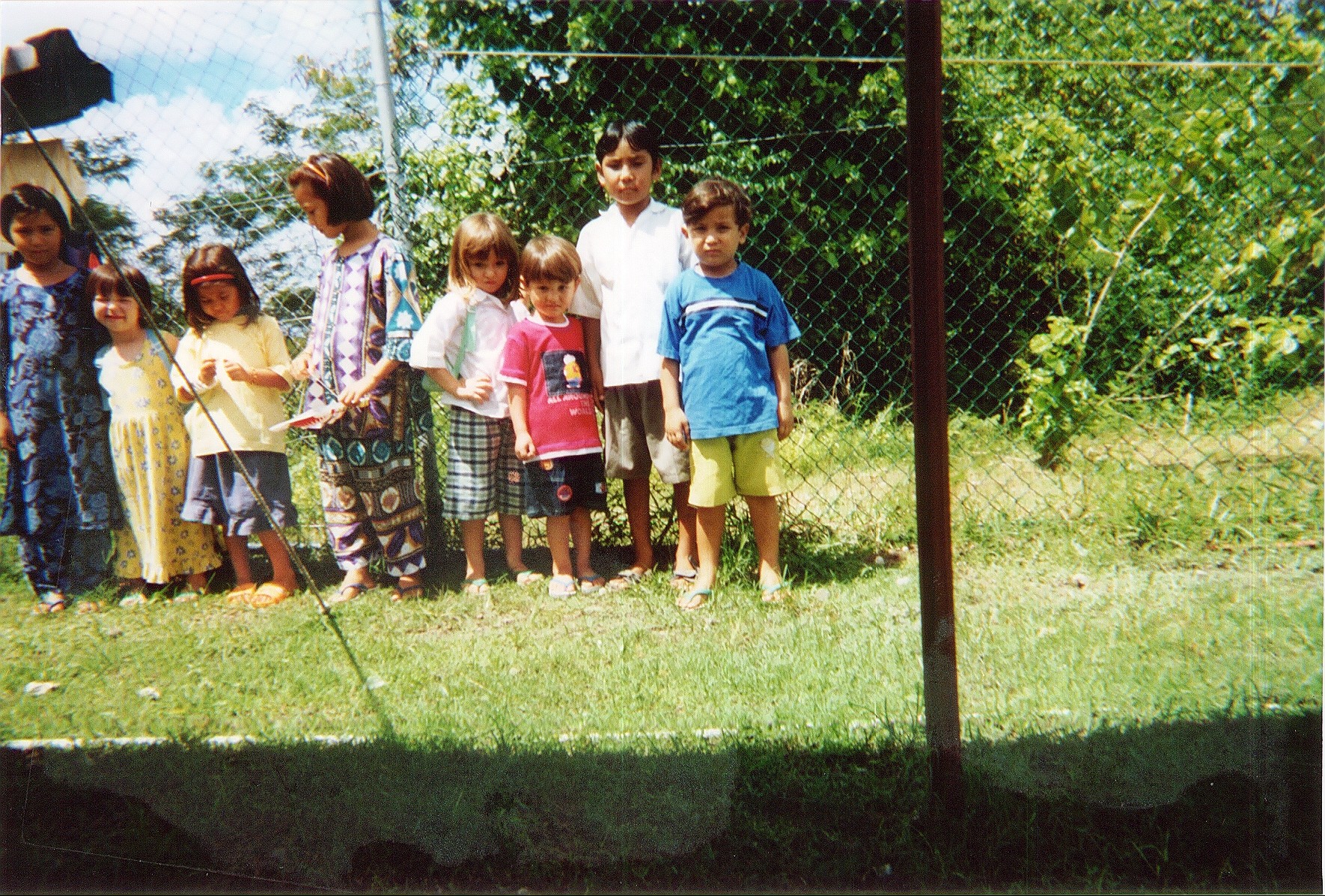

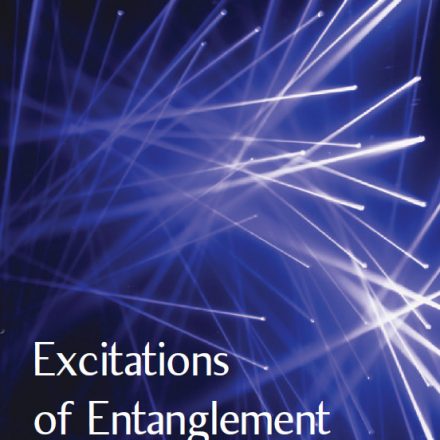

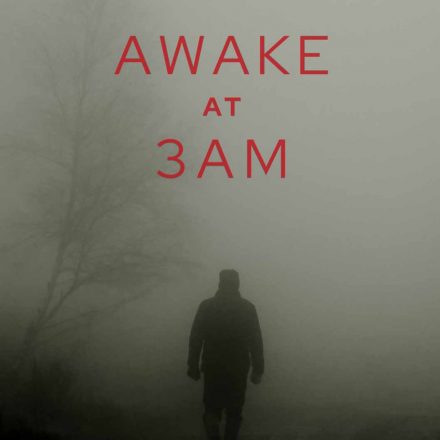
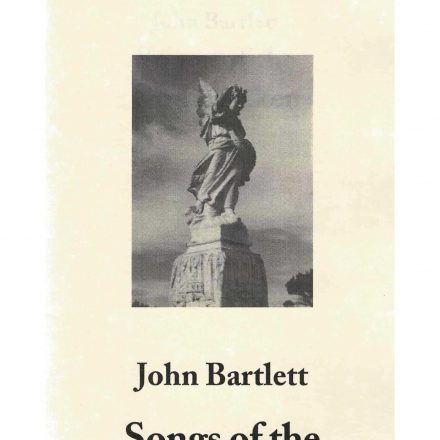


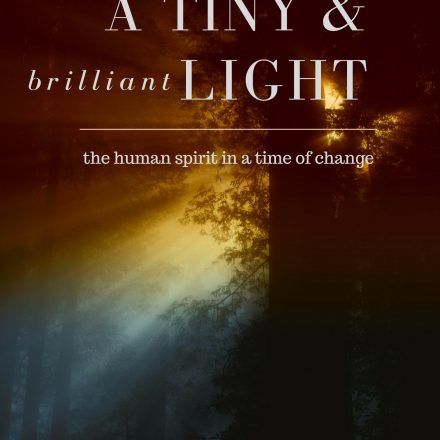
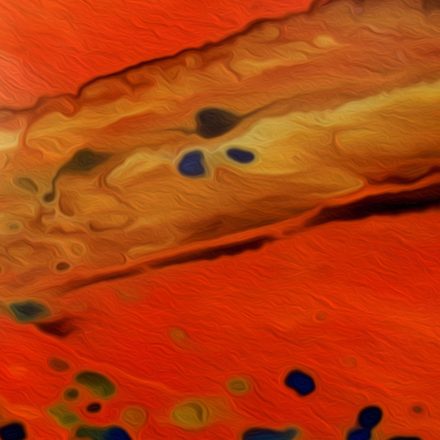

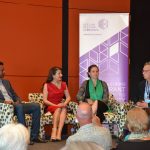



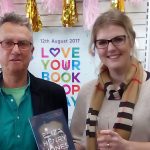


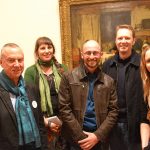

Adelaide Writers’ Week
I recently spent another Writers’ Week revisiting favourite authors, poets, editors and essayists in the beautiful Women’s Pioneer Gardens. It was also a time of discovery, reflection and absolute joy and celebration of literature from Australia and around the world.
David Marr delivered an inspiring and informed lecture to celebrate the centenary of the birth of Patrick White. Ramona Koval, Robert Dessaix and Martin Edmond engaged in a stimulating discussion on the topic of The Essay.
There were poetry readings, book launches and Linda Jaivin, writer and refugee activist who led the most insightful discussion on Boat People. Her guests were Caryl Phillips and Juan Gabriel Vasquez.
Favel Parrett, author of Past the Shallows, a novel set in the south west of Tasmania shared the stage with Fiona McGregor, author of Indelible Ink and Julianne Schultz, editor of The Griffith Review. I admit to being a fan of Favel Parrett. Past the Shallows is lyrical, haunting, and full of longing and sorrow. She writes the landscape and elements with elegance and authenticity.
When speaking of the process of writing her novel, Favel made these comments:
“……place came first. I lived there for a year at age 14. It is where the paved road ends. There is sadness, ….. in the earth, from the past. It is of a lost Aboriginal history, middens wiped out. Of logging trucks, Huon pine. It came from the elements…. abalone diving, rivalry for territory, poaching, accidents……”
It is in this place that she tells of three brothers, their loneliness, of their harsh father, remote and bitter, harbouring a dark secret. Her writing of boys and men is also authentic and insightful.
This is how the story begins:
Out past the shallows, past the sandy-bottomed bays, comes the dark water – black and cold and roaring.
Yvonne
While I consider myself a local wherever I happen to live, as a South Australian for 40 years and an Eastern Stater for the last 30+ years, your post made me quite nostalgic, in a pleasant way.
Thanks
I relate to your feelings about the Wimmera district as I lived for some time in Stawell and grew to love the tangled trees, smell of the earth and enjoyed the beautiful Grampians. I climbed Mt Arapiles with the help of John Muir (and nearly shit myself doing so).
I have a married daughter who lives in North Plympton with her family and three grown-up boys.
Her oldest, a daughter called Alana turned me into a great-nana with Brodie 5 and Audrina 2.
So I have made many trips to beautiful Adelaide and found your article to be spot on. Thanks John
nice article, john. i like the ambivalent sense of ‘going home’ — i feel this too, i think, or at least recognise something of what you’re saying. [mine being…CANBERRA!] and the wilde quote is spot on. or maybe even better, his ‘i live in fear of being understood.’
onya.
matt 🙂